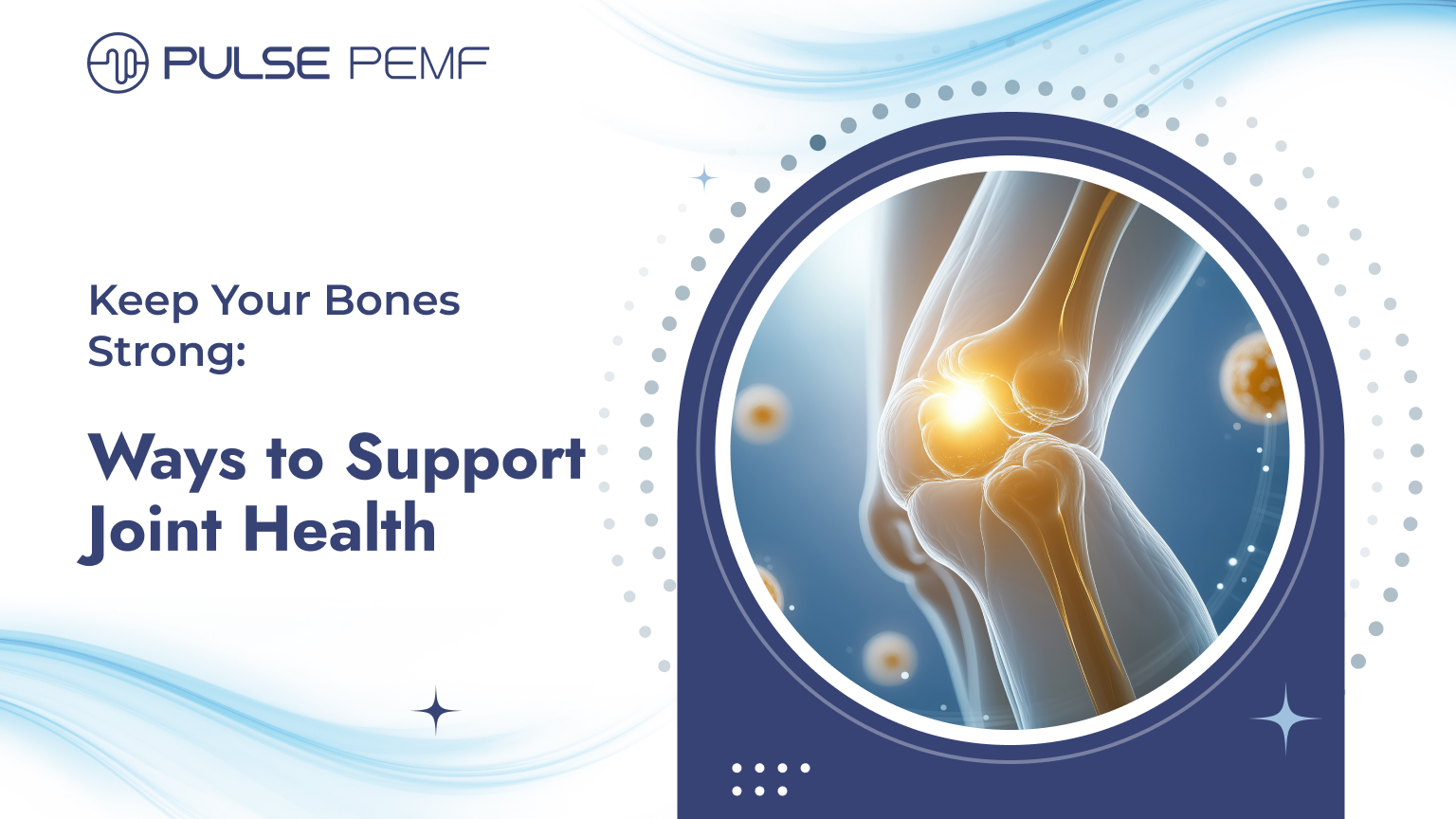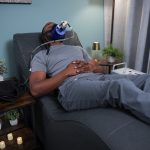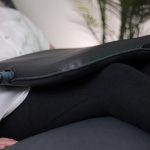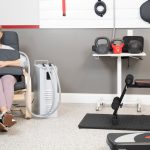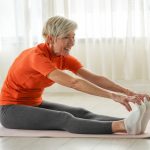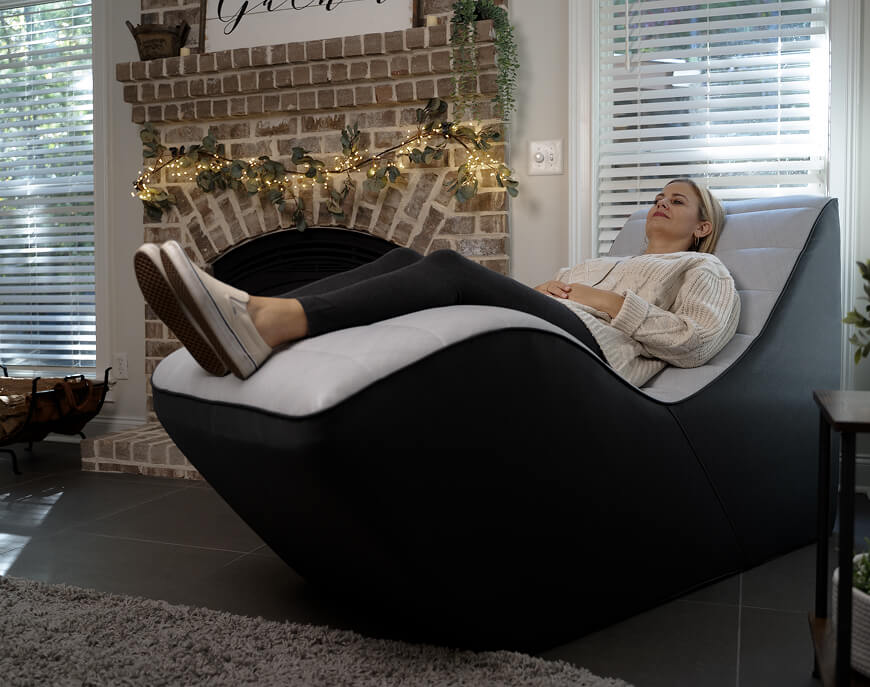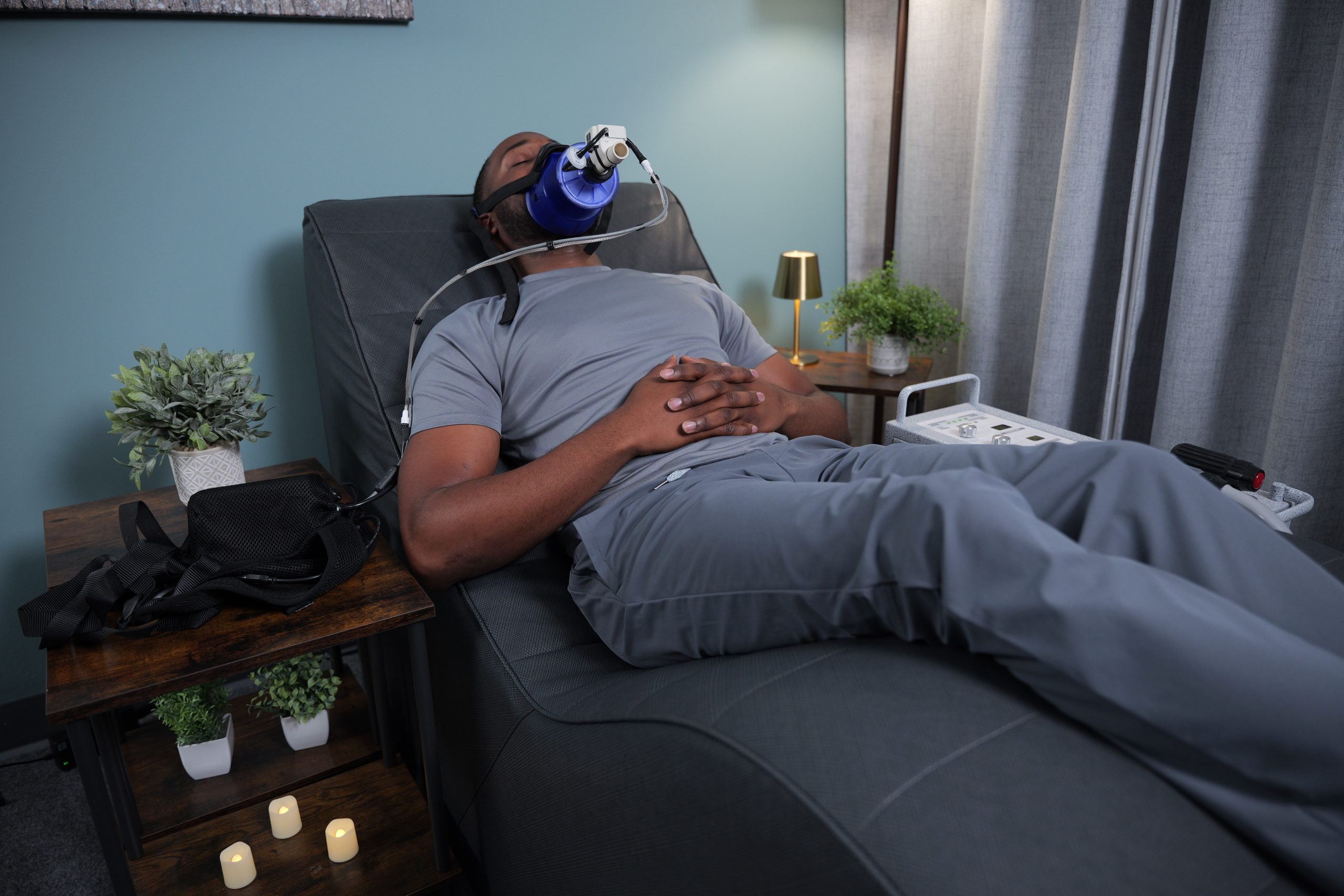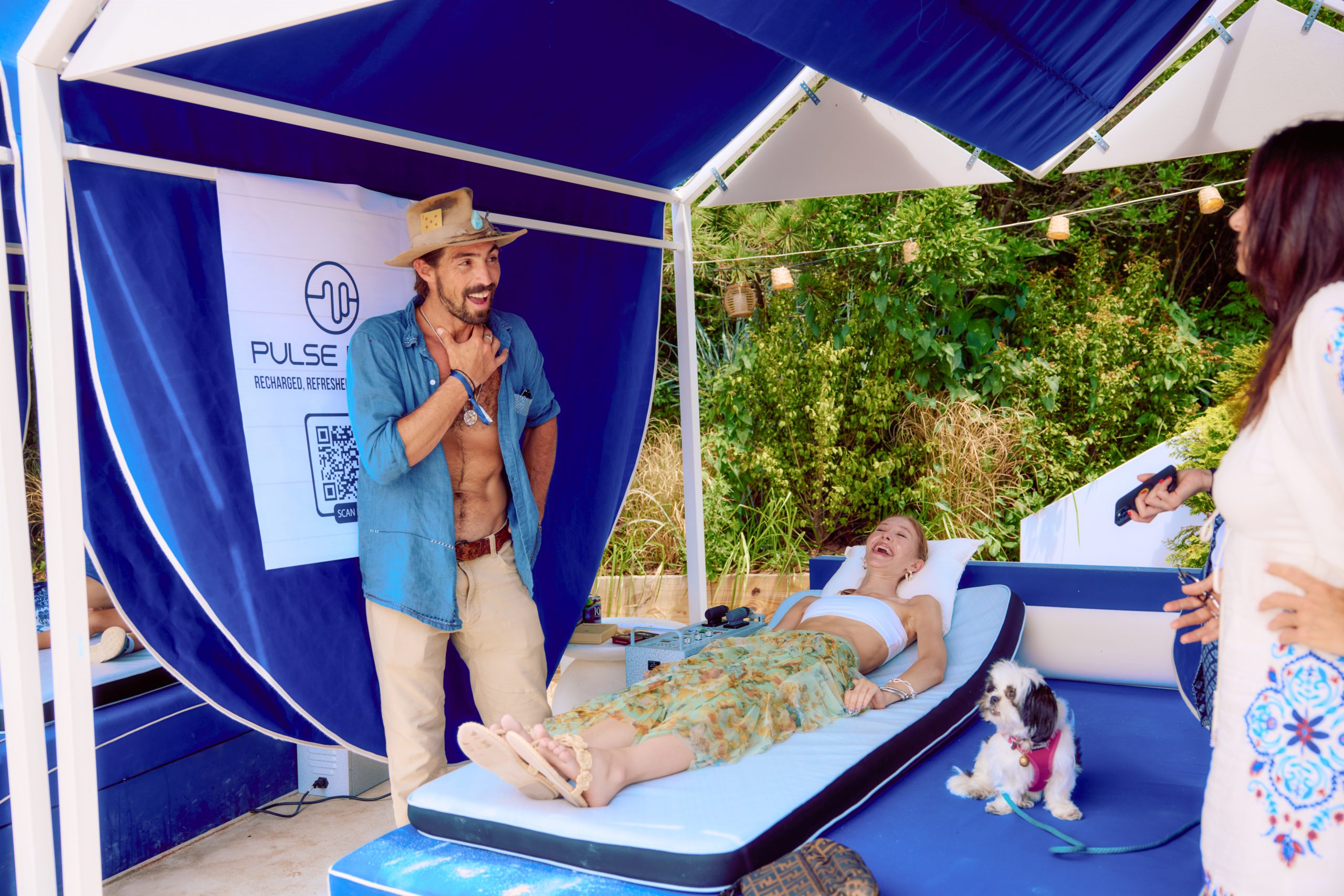Maintaining strong bones and healthy joints is essential for overall well-being, especially as we age. Bone and joint health plays a vital role in our mobility, allowing us to stay active and independent.
In observance of Bone & Joint Week, we want to raise awareness about the importance of taking care of our bones and joints. This blog post will explore various strategies to support bone and joint health, including lifestyle changes, nutrition, and potential therapeutic options.
To learn more about the connection between PEMF therapy and healthy bone structure, be sure to check out this blog.
Key Nutrients for Bone and Joint Health
Calcium and Vitamin D
Calcium is the primary mineral found in bones and teeth, while vitamin D helps the body absorb calcium. These two nutrients work together to maintain strong, healthy bones.
The recommended daily intake of calcium varies depending on age and gender. Adults aged 19-50 need 1,000 mg of calcium per day, while those over 50 need 1,200 mg.
Good sources of calcium include dairy products (milk, yogurt, cheese), leafy greens (kale, spinach), and fortified foods (orange juice, cereal). Vitamin D can be obtained from sunlight exposure, fortified foods, and supplements.
Omega-3 Fatty Acids
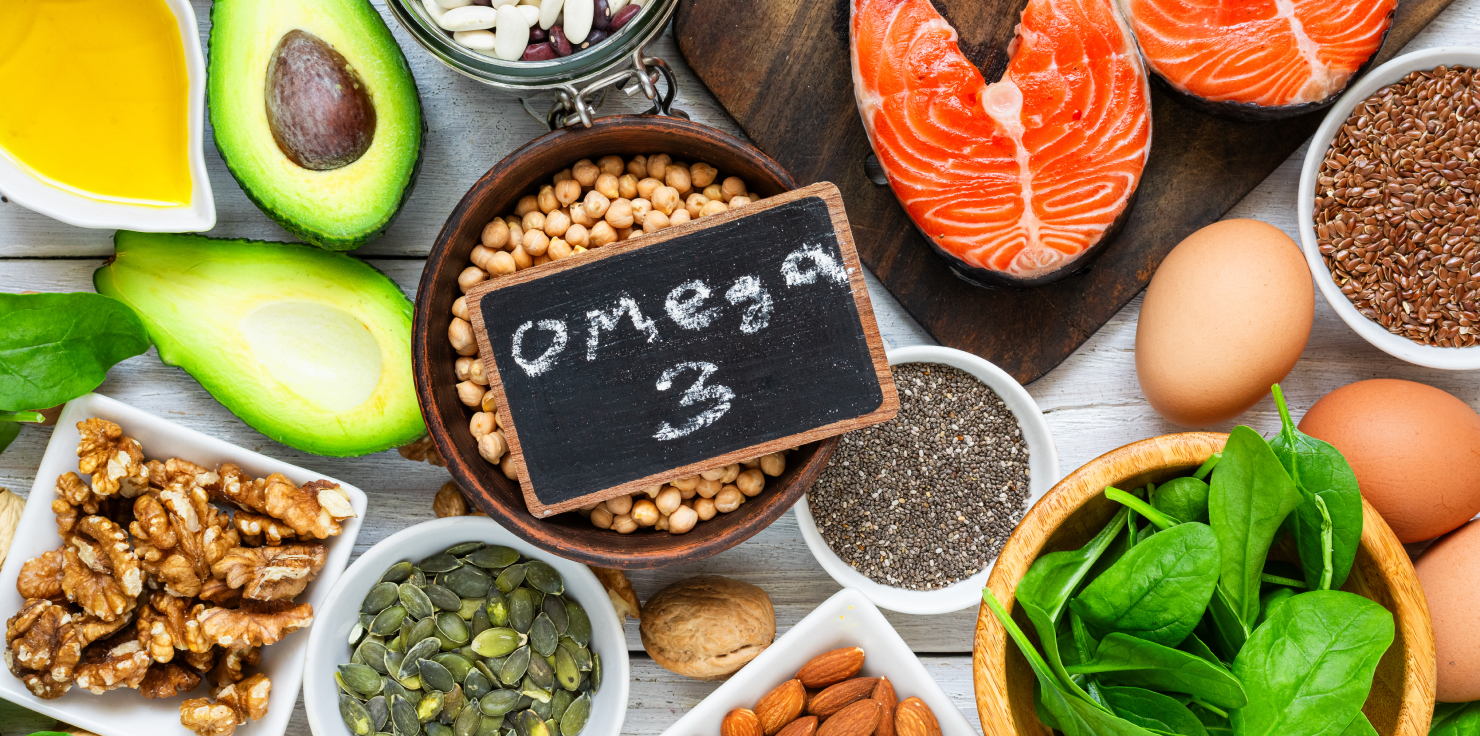
Omega-3 fatty acids are essential nutrients that play a crucial role in reducing inflammation throughout the body, including in the joints. This anti-inflammatory effect can help alleviate joint pain and stiffness.
Excellent sources of omega-3 fatty acids include fatty fish (salmon, mackerel, sardines), flaxseed, walnuts, and chia seeds.
Family-Friendly Activities to Support Bone and Joint Health
Stay Active with Low-impact Exercises
Engaging in regular physical activity is crucial for maintaining bone and joint health. Low-impact exercises are particularly beneficial as they are gentle on the joints but still provide a great workout.
- Suggested activities: Walking, swimming, cycling, and dancing are all excellent examples of low-impact exercises that can be enjoyed by the whole family.
- Family challenges: Create a fun family challenge during Bone & Joint Week, such as aiming for 30 minutes of walking together each day.
Incorporating Strength Training
Strength training helps build and maintain bone density, reducing the risk of osteoporosis. Even light resistance exercises can be effective.
- Family fitness routines: Encourage your family to try bodyweight exercises like squats, lunges, and push-ups. You can also use resistance bands for a more challenging workout.
Practice Stretching and Flexibility Routines
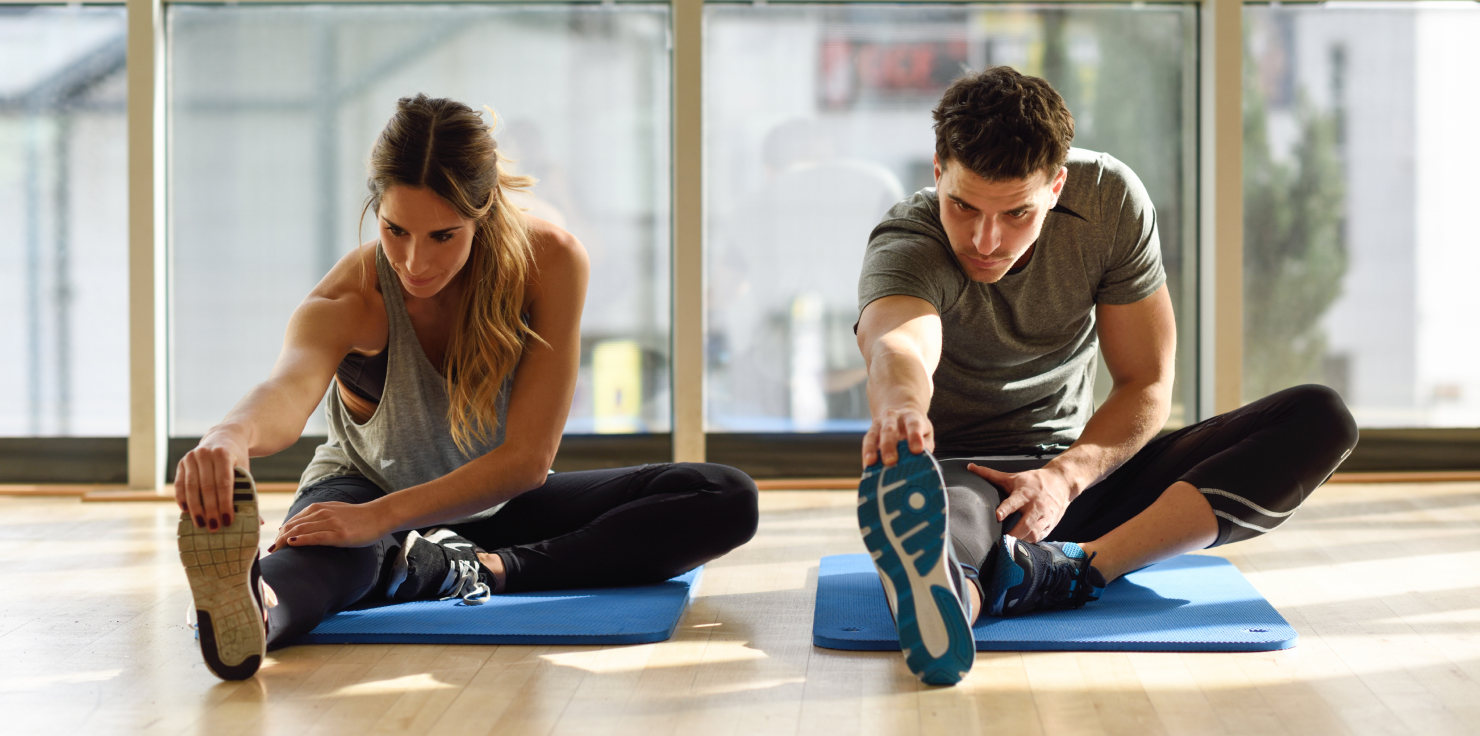
Stretching is essential for improving joint mobility, reducing stiffness, and preventing injuries. Incorporate stretching into your family’s daily routine.
- Suggested routines: Try yoga, tai chi, or simple stretches like reaching for the sky and touching your toes.
Simple Daily Habits to Improve Bone and Joint Health
Focus on a Balanced Diet
A balanced diet is essential for supporting bone and joint health. Incorporate calcium and vitamin D-rich foods into your family’s meals.
- Tips: Experiment with different recipes that include dairy products, leafy greens, and fortified foods. For example, you could make a spinach and feta salad, a smoothie with Greek yogurt, or a whole-grain breakfast cereal with fortified milk.
- Challenge: Try a new healthy recipe each day during Bone & Joint Week to discover delicious and nutritious options.
Hydration for Joint Lubrication
Staying hydrated is crucial for maintaining joint health. Water helps to lubricate joints and keep them flexible.
- Family tip: Encourage everyone in your family to drink plenty of water by setting daily hydration goals. You could use a water bottle with markers to track your progress.
Relaxation and Recovery Techniques
Rest and Recovery Days
Rest and recovery are essential components of a healthy bone and joint health regimen. Allowing your body time to rest and recover enables it to repair and rebuild tissues.
- Schedule rest days: During Bone & Joint Week, plan for rest days where you can relax, stretch, and avoid strenuous activities.
- Relaxation techniques: Try relaxation techniques like meditation, deep breathing, or taking a warm bath to reduce stress and promote overall well-being.
Try Complementary Therapies
In addition to traditional exercise and nutrition, complementary therapies can also support bone and joint health.
- PEMF therapy: PEMF sessions may complement your exercise routine by helping to reduce soreness and discomfort and promote recovery.
- Explore new wellness practices: Encourage your family to explore new wellness practices together, such as massage, acupuncture, or yoga.
Managing Joint Pain and Inflammation
Over-the-Counter Solutions
If you’re experiencing joint pain or inflammation, over-the-counter medications can provide relief. Consult with your doctor to determine which medications or supplements may work best for you.
Cold and Heat Therapy
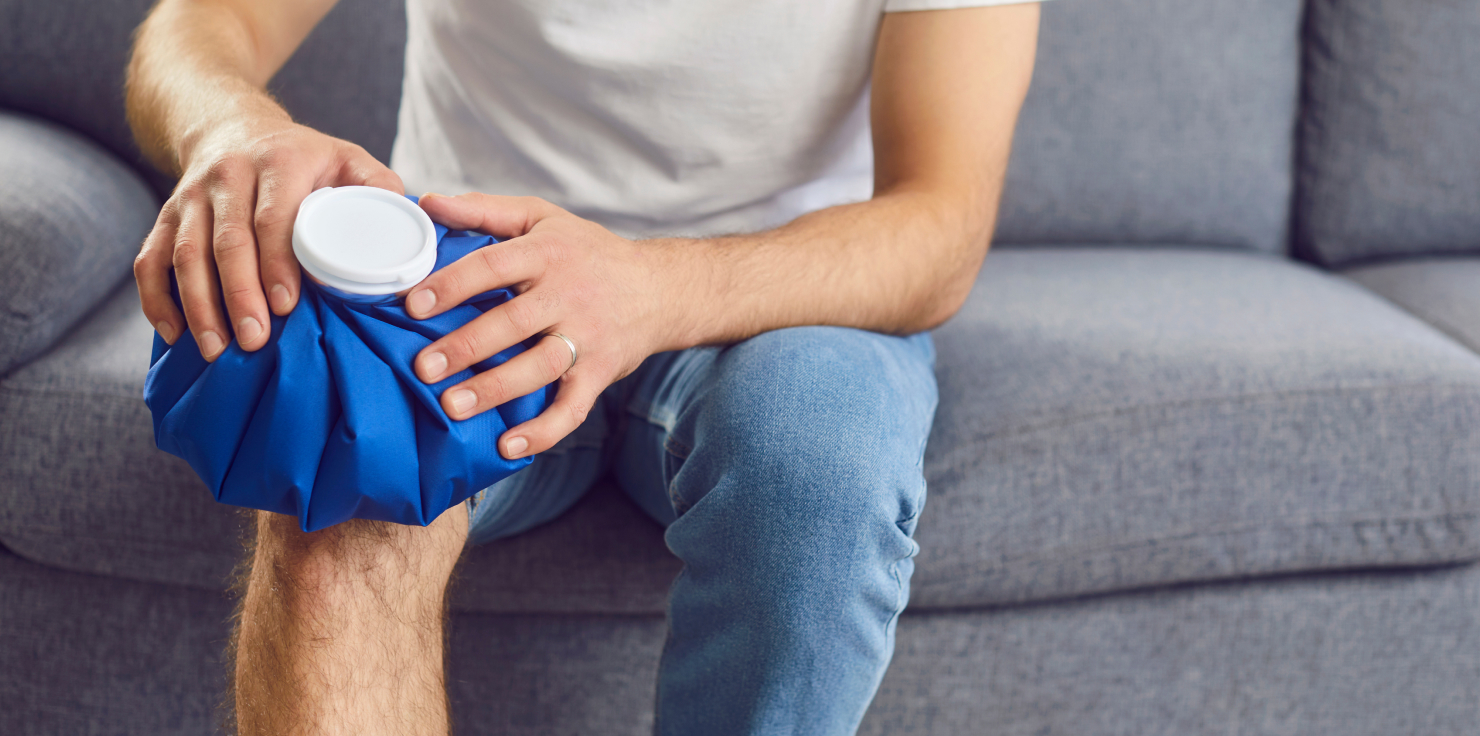
Both cold and heat therapy can be helpful for managing joint pain and inflammation.
- Cold therapy: Applying a cold pack to a swollen joint can help reduce inflammation and numb pain.
- Heat therapy: Using a heating pad or warm compress can help relax muscles and ease joint stiffness.
Always consult with a healthcare professional before starting any new medications or treatments, especially if you have underlying health conditions.
Conclusion
By participating in Bone & Joint Week activities and incorporating the strategies discussed in this blog, you can take steps to improve your family’s bone and joint health.
During Bone & Joint Week, make a conscious effort to adopt these habits and consult with healthcare professionals for personalized advice and guidance. Together, we can work towards stronger bones and healthier joints for a lifetime.

